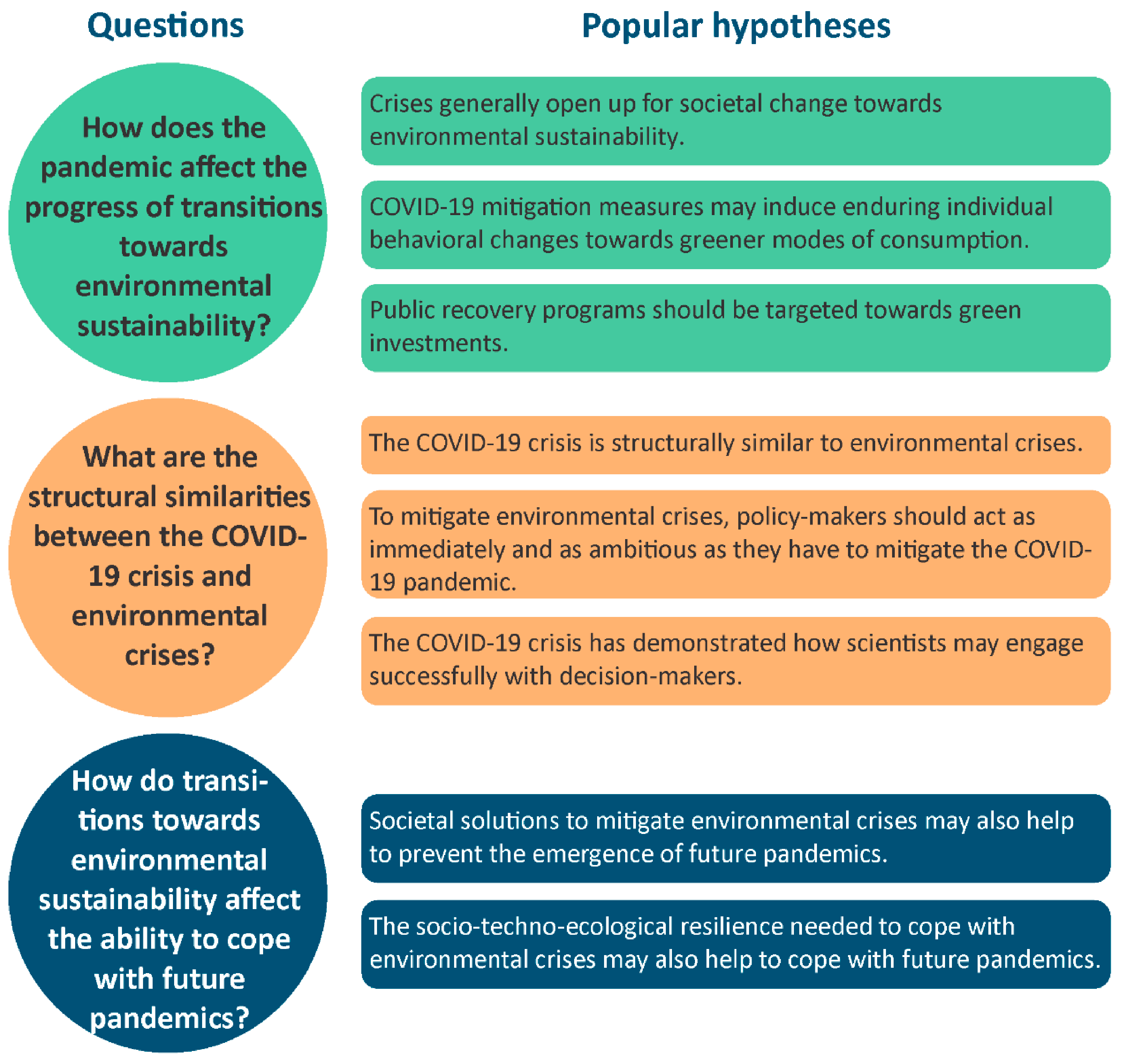Activated Sludge (AS) treatment has been used for many years to treat sewage and industrial wastewater. It is principally a biological treatment system, operating both aerobically and anaerobically in order to reduce ammonia content (by converting it to nitrate and, ultimately, nitrogen). The process also reduces the Biological Oxygen Demand (BOD) through the oxidation of carbonaceous content, removes suspended solids and may remove phosphorous where necessary.

Screening
Many foreign objects become entrained in wastewater flow, either deliberately introduced or accidentally (such as gravel washed into sewers from the roads). Such objects must be filtered out of the wastewater flow prior to entering the treatment process itself.
Settling tanks may also be used to remove further solids from the wastewater.
Aeration for Nitrification
The first stage of the biological process occurs under aerobic conditions. The wastewater enters a bioreactor, where it is mixed with AS (extracted later in the process and returned to the aeration tank when the process is under way. For start-up of the plant, seeding bacteria are used to initiate the nitrification process).
This stage forms mixed liquor (ML). The bacteria from the AS uses the highly oxygenated environment within the reactor to convert the ammonia content of the influent to nitrite and then to nitrate. The effectiveness and efficiency of the process is affected by various parameters:
- The influent biological loading compared with the mixed liquor suspended solids (MLSS). This is known as the food:microorganism (F:M) ratio
- Residence time in the tank
- Dissolved oxygen (DO) content of the ML.
- Temperature.
The use of blowers to provide the necessary oxygen to the wastewater treatment process has the largest impact on efficiency. By ensuring only the necessary volume of air is provided, the operational costs can be minimised and efficiency of the plant is optimised.
Since the DO content of the ML is not stable, it does not provide the best parameter for controlling the blowers. Control would not react instantaneously to variations in load, which can lead to costly over-aeration, failure to comply with discharge limits or under-aeration, resulting in hydrogen sulphide production. A more accurate method is to monitor the DO, MLSS and influent loading to determine the volume of air required and control the blowers based on the real-time requirements within the plant.
Anaerobic Processing for Denitrification.
Following the aerobic process, the wastewater is led to an anoxic zone. Here oxygen is limited, forcing the biomass to scavenge oxygen from the nitrate, thereby converting it to nitrogen and further reducing the organic load.
It is important to monitor the oxygen level in the anoxic tank and ensure that it is minimised to encourage this reaction to take place.
Nutrient Removal
Following the biological treatment of the wastewater, it is often necessary to remove phosphorous before discharging to waterways.
Phosphorous causes eutrophication of waterways, resulting in the growth of algae. The algae deplete the oxygen in the water, resulting in an uninhabitable environment for fish and other wildlife.
The addition of calcium-, aluminium- or iron-based coagulant results in the precipitation of the phosphorous. It is important to accurately monitor the level of phosphorous in the wastewater so that only the necessary quantity of coagulant is added, optimising efficiency and preventing carryover of chemical into the discharge.
The wastewater treatment process is necessary for the protection of our environment. Accurate monitoring of the process conditions and influent parameters ensures optimum operational efficiency and compliance with discharge limitations.

